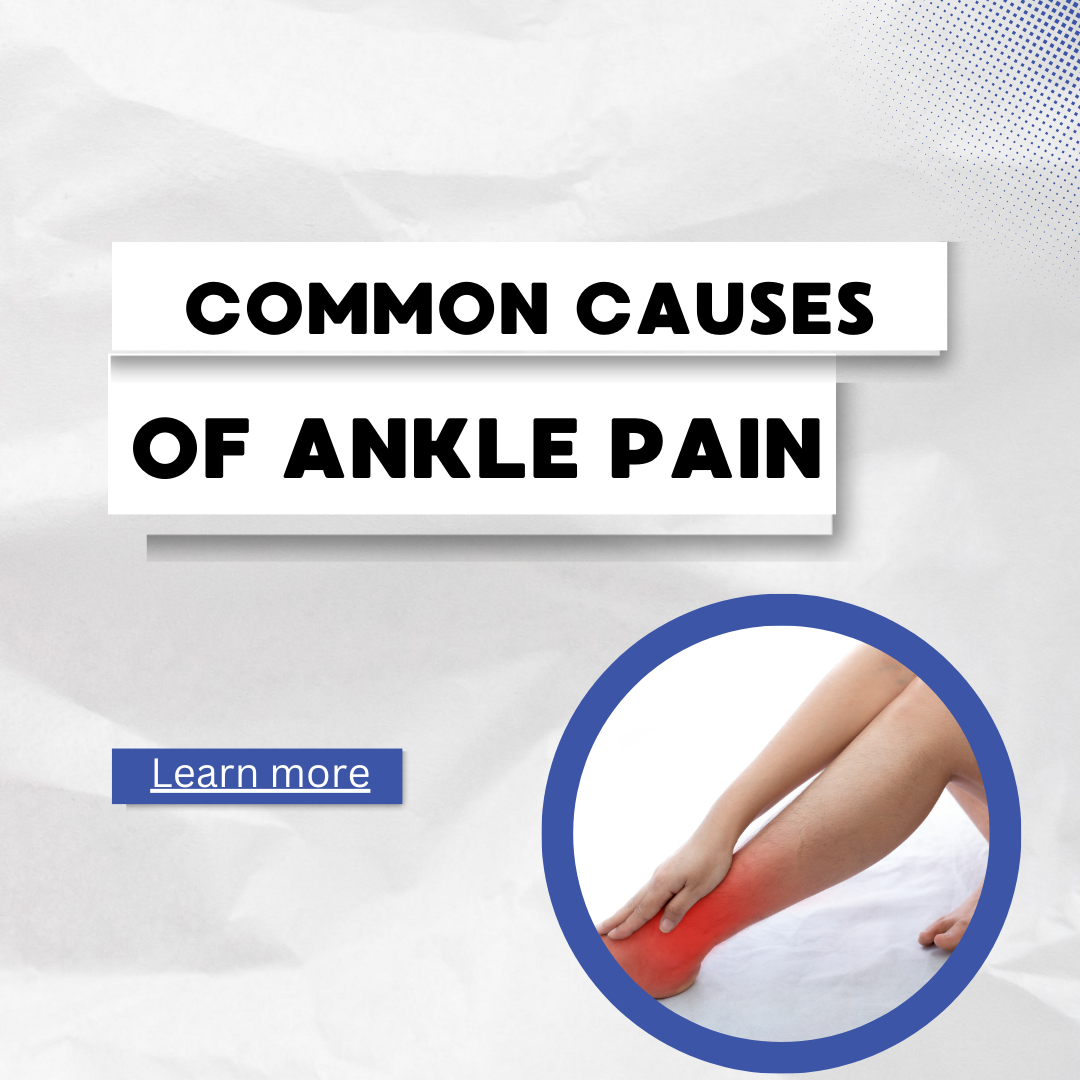Ankle pain refers to any kind of pain or discomfort affecting any part of the ankle.
Pain in the ankle can be as a result of several injuries and conditions which include but not limited to:
- Fractures: A fracture is a breakage on a bone normally caused by an accident it can range from mild to severe. Broken ankles can involve bones in any part of the ankle joint. A broken ankle causes ankle swelling and pain.
- Sprains: A sprain happens when ligaments stretch or tear. This happens when the ankle rolls forcefully out of its normal position.
- Tendonitis: Tendons connect muscles to bones. Irritated or inflamed tendons can cause ankle pain
Some diseases, infections or conditions can also cause ankle pain:
- Arthritis - Pain and stiffness in the ankle joint can result from arthritis. Arthritis happens when the cartilage that cushions the bones breaks down causing the bones to rub together. Injuries and overuse can lead to arthritis, and it’s more common in people over 65. Several types of arthritis can affect the ankles.
- Flatfoot - A very low arch or lack of the arch can cause pain and swelling in the ankles.
- Gout - This is a type of arthritis caused by build up of uric acid throughout the body. Excess uric acid creates crystals that settle in the joints and when they settle in the ankle joint, they cause pain in the ankle area
- Infection - Several types of infections like cellulitis can cause swelling and pain in the ankle joint.
What should you do if you're experiencing ankle pain?
Some self care tips include:
- Shoes - Wear wide comfortable shoes
- Insoles - use soft insoles or heel pads in your shoes to relieve pressure on your ankle area
- Compression - wrap a bandage or a brace around the area that’s painful. It should be tight enough to support it, but not so tight that it restricts the blood flow.
- Rest - Avoid putting weight on the injured foot or ankle. Try to gently move it from time to time to stop the area from getting stiff.
- Ice - put an ice pack or frozen vegetables, covered in a damp cloth, on the painful area for 20 minutes every 2-3 hours.
- Elevate - your foot to reduce swelling.
-
Pain killers - use painkillers to relief the pain. The most common pain killer is paracetamol

